International
Elections in the United States: the battle between Harris and Trump is also fought on TikTok
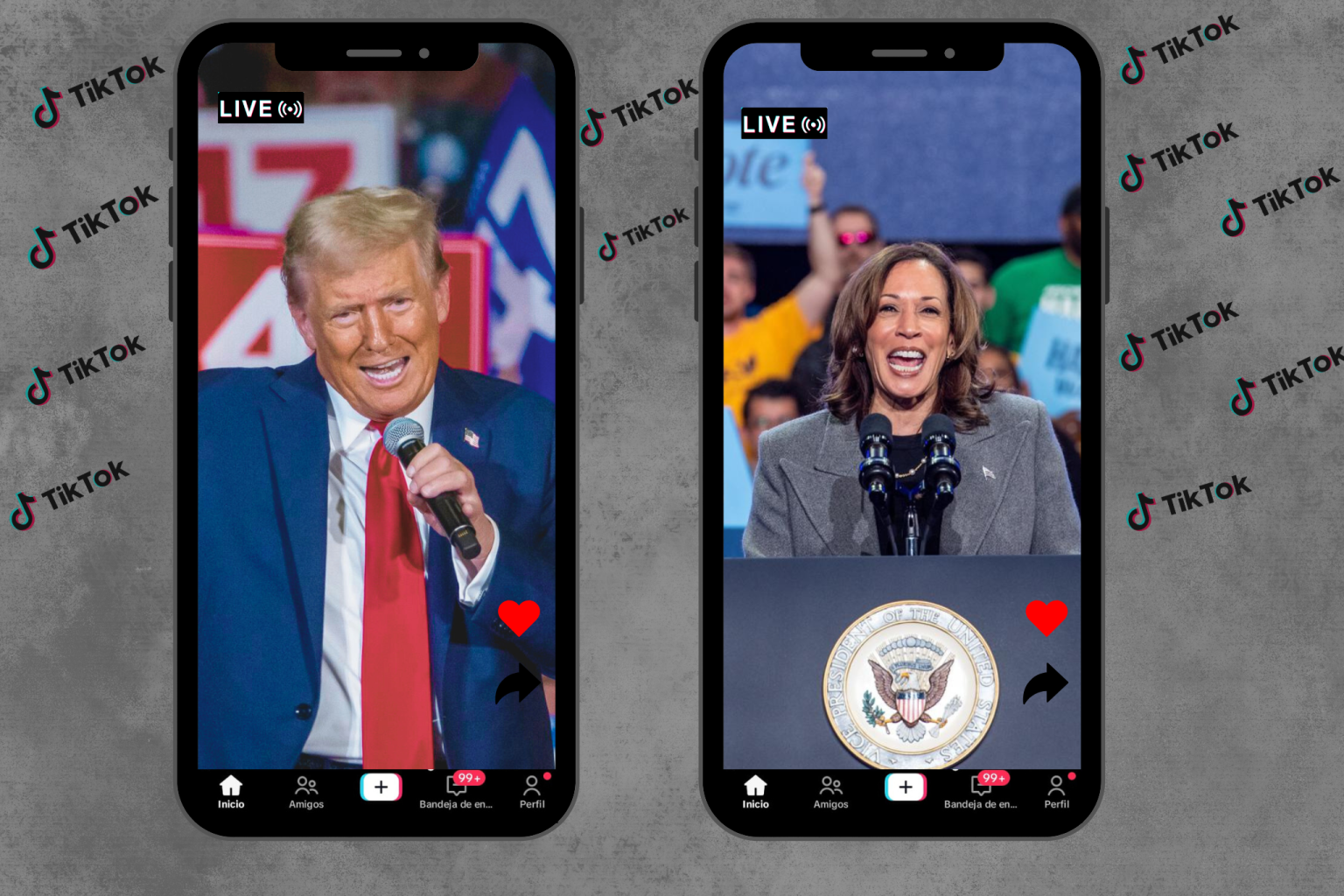
Reach as many young people as possible, publish content that goes viral or ridicule the opponent with memes. These are some of the ingredients that make up the strategy of the candidates for the presidency of the United States, the Democrat Kamala Harris and the Republican Donald Trump, who also compete to mobilize the votes of Generation Z through TikTok.
The current vice president of the country and the former president accumulate among the two more than 10 million followers on the Chinese social network, an effective electoral tool to capture the young vote on November 5 … Despite the demands and attempts to close the platform in the United States for considering that it represents a “threat” to national security and seriously affect the mental health of minors.
It is no coincidence that Trump and Kamala Harris have chosen this platform to reach the youngest: according to a study by the Pew Research Center, more and more Americans under the age of 30 receive news through TikTok and 52% of the users of the social network use it to get information.
In addition, it is estimated that more than 40 million young Americans of Generation Z (18 to 27 years old in 2024) will be able to vote in these elections.
In fact, the vote of this age group can be decisive in states such as Michigan, where the youth voter turnout rate was one of the highest in the country in 2022 and where they have one of the highest young voter registration rates in the United States.
What is your strategy? Who is behind their profiles?
Both aspirants compete with a personal profile (@kamalaharris, @realdonaldtrump) full of cuts and public appearances, to which they add another account focused on supporting the party’s electoral campaign (@teamtrump, @kamalahq) and based on the cultural language of the internet and where they ‘shot’ ingenious viral memes.
These accounts are run by a young team that plays with TikTok content and music trends to “attack” or ridicule their opponent and get their video to reach millions of people through humor.
For example, a basic image of dolphins with a background of color and fantasy with the message “Donald Trump’s 2025 project is a threat to our democracy” – accompanied by a Clean Bandit song, ‘Symphony’ -, obtained more than nine million views and more than 7,000 comments on @kamalahq’s profile.
Two days later, Donald Trump’s social media team responded by replicating the meme on his campaign profile with the following text: “Vote for Trump unless you want to be recruited to fight in World War III.” Result? Eight million views on @teamtrump’s profile.
In addition to memes, the candidates for the White House have used viral music on more than one occasion for their videos in rallies and have even created sounds from statements by their opponent. All this allows them to upload content with a humorous tone that can become a trend while ridiculing the rival.
Content creators enter campaign
In addition to memes and cuts with a humorous tone, both have chosen to involve content creators, influencers and celebrities in their campaigns to reach those people who do not consume politics regularly on TikTok and to whom, therefore, the application in principle does not recommend this type of video due to its hyper-personalized algorithm.
Trump used this strategy from the beginning on his personal account, which he used to promote his appearances in interviews and channels with streamers, YouTubers and tiktokers.
One of the first videos he uploaded to his profile was with the American content creator and boxer Logan Paul to promote their meeting on Paul’s YouTube channel. The promotional video of only six seconds was viewed by more than 160 million people.
Growth of your accounts in networks
Likewise, Donald Trump published another video on his profile two months ago dancing with American video game streamer Adin Ross, to celebrate the “success” of his video in ‘streaming’ with more than 2 million views on Ross’s YouTube channel.
Neither Paul nor Ross usually upload political content on their profiles, but they did publish their meetings with the former president and that content traveled to the mobile of millions of users on networks.
Harris, for his part, interviewed various content creators at the Democratic National Convention held in August in Chicago in order to appear on the profiles of influential people in cosmetics, lifestyle or humor, all of them far from politics, as was the case with @queencitytrends, with more than three million followers on TikTok.
In addition, Kamala Harris also opted for a well-known American comedy podcast called ‘CallHerDaddy’ with content creator Alexandra Cooper.
According to the social media analysis and statistics platform Social Blade, these strategies have had a positive impact on both the campaign accounts and the personal accounts of both candidates. For example, the vice president has gained more than 300,000 followers and the former president more than a million in the last 30 days on the campaign profiles of @teamtrump and @kamalahq.
The tightest elections of the last century
However, it remains to be seen whether this success on the social network translates into votes from Generation Z in the United States elections on November 5.
According to the latest forecast of the FiveThiryEight portal based on the average of surveys published nationally and in key states, Trump achieves a slight advantage over Harris and has a 52% chance of winning.
Two weeks ago, the forecast of the same portal gave Harris a 58% chance of defeating Trump in one of the tightest and tightest elections of the last century in the United States.
International
Thousands rally nationwide against Trump’s threat to U.S. democracy
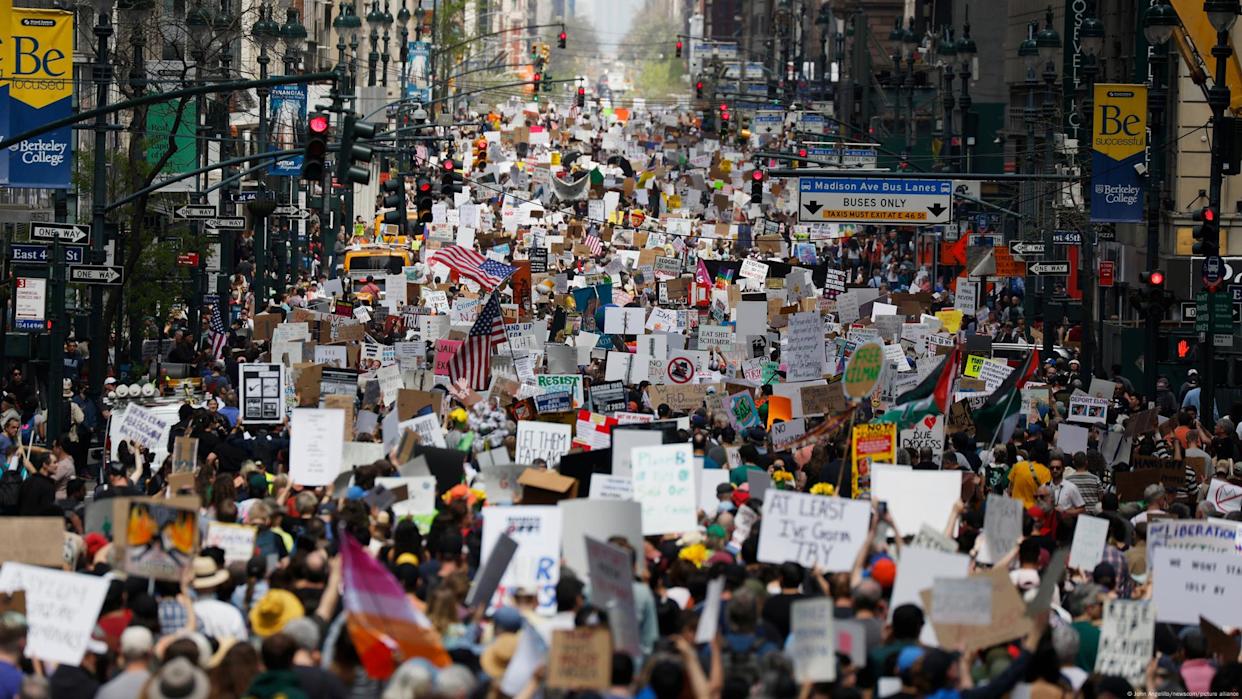
Thousands of protesters gathered on Saturday (April 19, 2025) in major cities like New York and Washington, as well as in small communities across the United States, in a second wave of demonstrations against President Donald Trump. The crowds denounced what they view as growing threats to the country’s democratic ideals.
In New York City, demonstrators of all ages rallied in front of the Public Library near Trump Tower, holding signs accusing the president of undermining democratic institutions and judicial independence.
Many protesters also criticized Trump’s hardline immigration policies, including mass deportations and raids targeting undocumented migrants.
“Democracy is in grave danger,” said Kathy Valyi, 73, the daughter of Holocaust survivors. She told AFP that the stories her parents shared about Adolf Hitler’s rise to power in 1930s Germany “are happening here now.”
In Washington, demonstrators voiced concern over what they see as Trump’s disregard for long-standing constitutional norms, such as the right to due process.
International
ACLU seeks emergency court order to stop venezuelan deportations under Wartime Law

The American Civil Liberties Union (ACLU) on Friday asked two federal judges to block the U.S. government under President Donald Trump from deporting any Venezuelan nationals detained in North Texas under a rarely used 18th-century wartime law, arguing that immigration officials appear to be moving forward with deportations despite Supreme Court-imposed limitations.
The ACLU has already filed lawsuits to stop the deportation of two Venezuelan men held at the Bluebonnet Detention Center, challenging the application of the Alien Enemies Act of 1798. The organization is now seeking a broader court order that would prevent the deportation of any immigrant in the region under that law.
In an emergency filing early Friday, the ACLU warned that immigration authorities were accusing other Venezuelan detainees of being members of the Tren de Aragua, a transnational criminal gang. These accusations, the ACLU argues, are being used to justify deportations under the wartime statute.
The Alien Enemies Act has only been invoked three times in U.S. history — most notably during World War II to detain Japanese-American civilians in internment camps. The Trump administration has claimed the law allows them to swiftly remove individuals identified as gang members, regardless of their immigration status.
The ACLU, together with Democracy Forward, filed legal actions aiming to suspend all deportations carried out under the law. Although the U.S. Supreme Court recently allowed deportations to resume, it unanimously ruled that they could only proceed if detainees are given a chance to present their cases in court and are granted “a reasonable amount of time” to challenge their pending removal.
International
Dominican ‘False Hero’ Arrested for Faking Role in Nightclub Collapse That Killed 231
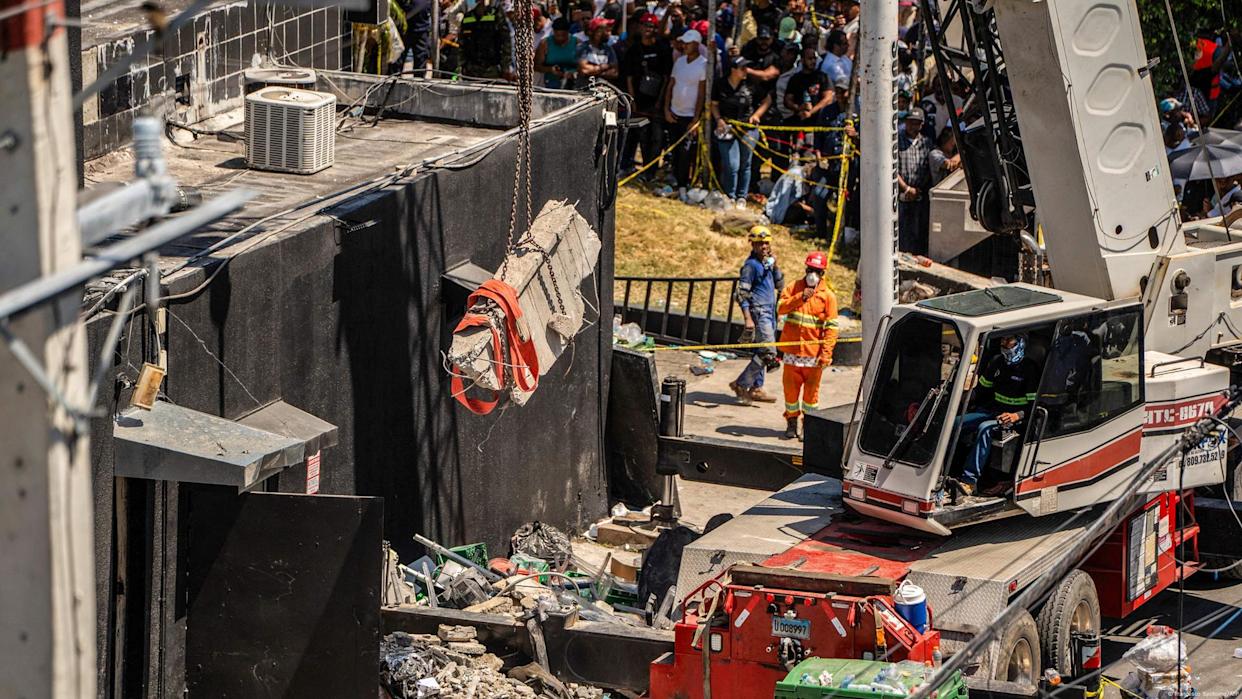
A man identified as Rafael Rosario Mota falsely claimed to have rescued 12 people from the collapse of the Jet Set nightclub in Santo Domingo—a tragedy that left 231 people dead—but he was never at the scene.
Intelligence agents in the Dominican Republic arrested the 32-year-old man for pretending to be a hero who saved lives during the catastrophic incident, authorities announced.
Rosario Mota had been charging for media interviews in which he falsely claimed to have pulled survivors from the rubble after the nightclub’s roof collapsed in the early hours of April 8, during a concert by merengue singer Rubby Pérez, who was among those killed.
“He was never at the scene of the tragedy,” the police stated. The arrest took place just after he finished another interview on a digital platform, where he repeated his fabricated story in exchange for money as part of a “media tour” filled with manipulated information and invented testimonies.
“False hero!” read a message shared on the police force’s Instagram account alongside a short video of the suspect, in which he apologized: “I did it because I was paid. I ask forgiveness from the public and the authorities.”
-

 Central America5 days ago
Central America5 days agoPetro questions Ecuador’s vote, cites reports of military control and arrests
-

 International4 days ago
International4 days agoArsenal stun Real Madrid at the Bernabéu to reach Champions League semifinals
-

 International3 days ago
International3 days agoDominican ‘False Hero’ Arrested for Faking Role in Nightclub Collapse That Killed 231
-
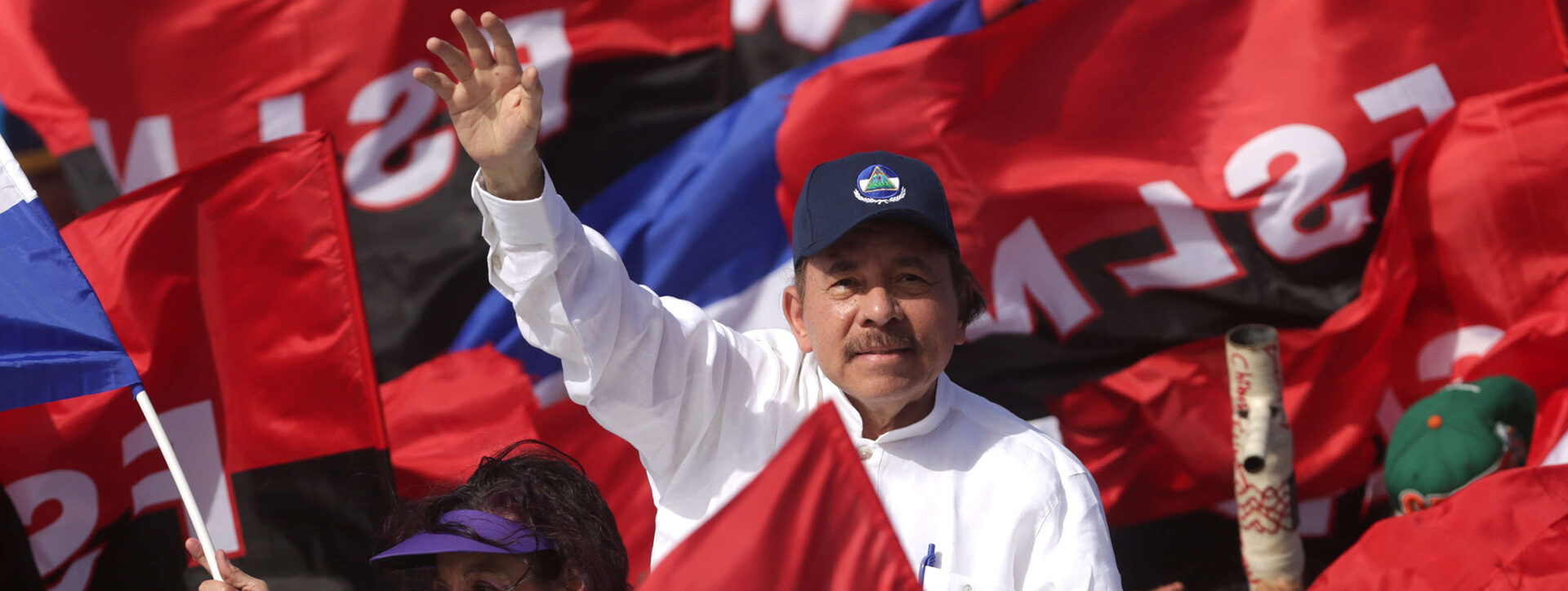
 Central America3 days ago
Central America3 days agoNicaraguan Exiles to Mark 7th Anniversary of 2018 Protests with Global Commemorations
-

 International4 days ago
International4 days agoBogotá residents line up for yellow fever vaccine amid national alert
-

 International4 days ago
International4 days agoDeSantis’ immigration crackdown sparks alarm in Venezuelan Communities in Doral
-

 International1 day ago
International1 day agoACLU seeks emergency court order to stop venezuelan deportations under Wartime Law
-

 International4 days ago
International4 days agoMexico refuses to restore ties with Ecuador while Noboa remains in office
-

 Central America1 day ago
Central America1 day agoUN complaint filed against Costa Rica over detention of migrant children
-

 International5 days ago
International5 days agoColombia: Search continues for missing limb of italian scientist found dismembered
-
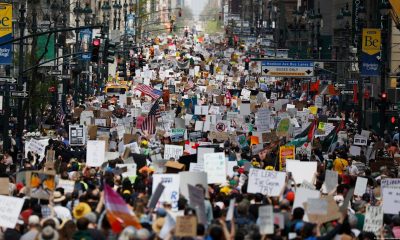
 International6 hours ago
International6 hours agoThousands rally nationwide against Trump’s threat to U.S. democracy















